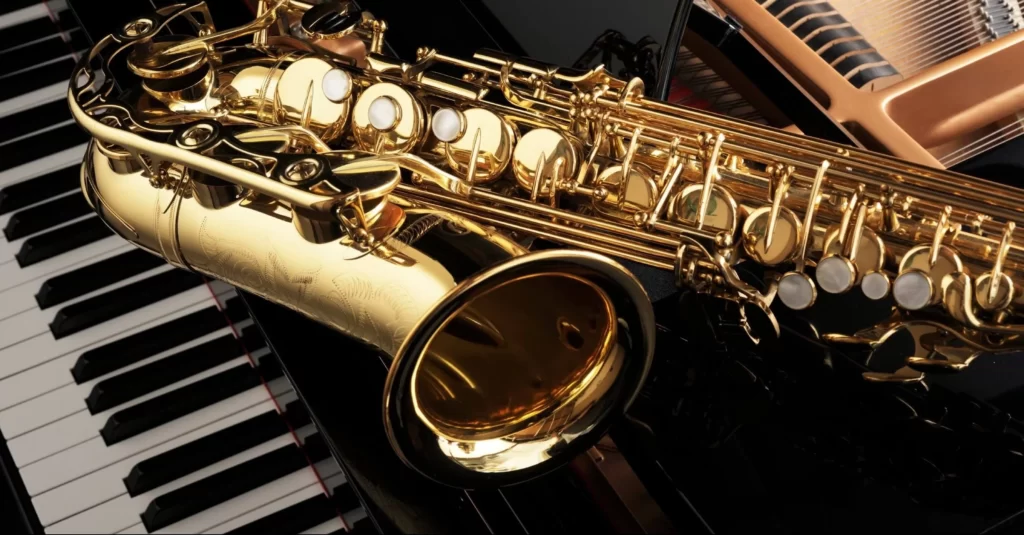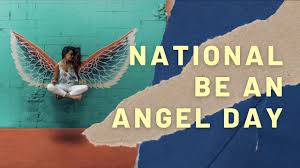National Saxophone Day – November 6, 2022, History, significance
National Saxophone Day is celebrated on November 6, on the birthday of Antoine-Joseph ‘Adolphe’ Sax, the inventor of the saxophone. This soulful instrument has a rich history and musical range. We love the saxophone and what it brings to both the classical- and jazz music worlds.
This incredibly unique musical invention is the only instrument to be created by solely one person as well as being the woodwind family’s only brass instrument. Through the ages, the saxophone has a long legacy for its contributions to music by the likes of classical saxophonist Marcel Mule and the famous jazz musician Charlie Parker to name a few.
History of National Saxophone Day

The origin and the founder of National Saxophone Day were still unknown. But the date of November 6 was chosen to honor the birth date of Adolphe Sax. Born on November 6, 1814, Adolphe Sax created many musical tools including the saxophone. Sax designed saxophones in several sizes in the early 1840s and on June 28, 1846, he received a 15-year patent for the saxophone instrument.
The patent included 14 different versions of the original design, split into two categories of seven instruments, ranging from sopranino to contrabass. After the expiry of Sax’s patent in 1866, various saxophonists and instrument manufacturers executed their improvements to the original design and critical work.
The Saxophone comes in various varieties, even though most of the saxophonists use one of the four most popular types (Tenor, baritone, alto, and soprano saxophones). The tenor saxophone is used in jazz and rock music bands, while the baritone saxophone tends to be reserved for jazz solos.
The Alto Saxophone is very simple to play, and therefore it can be used to train beginners. The Soprano plays the largest pitch among all saxophones and is also frequently played in jazz bands. Other types of saxophone include Mezzo-Soprano, Sopranino, Tubax, Bass, and Contrabass.
NATIONAL SAXOPHONE DAY TIMELINE
1841
The Saxophone is Born
Antoine-Joseph ‘Adolphe’ Sax invents the saxophone and shares his invention with fellow classical-music colleague Hector Berlioz.
1885
Made in America
Sax’s musical instrument sees such success in Europe that the saxophone makes it across the Atlantic where Ferdinand August ‘Gus’ Buescher builds the first saxophone in the U.S.
1914
A Surprising Move
The saxophone was invented for classical music, but it gains more popularity in the jazz community and begins its legacy as a prominent part of jazz and blues bands.
1928
End of the Sax Dynasty
After Adolphe’s death, his son, Adolphe Edouard, takes over the family business and later sells the Sax factory to the Henri Selmer Company.
NATIONAL SAXOPHONE DAY ACTIVITIES
Plan a magical date
Take a special someone for a musical date night to a live jazz bar or concert. Not only is this a unique and cultural experience, but it’s a great way to enjoy food and drink while listening and swaying to the rhythms and emotions that the saxophone contributes to jazz and blues music.
Dance fit
Dance yourself fit to either a ‘jazzercise’ choreographed number or tap dance to a soulful jazz masterpiece. Exercise dance classes are becoming more and more popular as a fun and creative way to burn calories and improve your overall fitness.
Play the blues
Learning to play the saxophone not only adds to your list of talents but also makes a great conversation starter. Already know how to play? Why not join a local jazz or blues band and play some of the popular classics or create new ones.
KEY NOTES OF THE SAXOPHONE
The one and only
Not only is the saxophone the only brass wind instrument, but it is also the only musical instrument invented by one person.
Vocal range
The saxophone has the widest range of woodwind instruments, including the ability to closely mimic the human voice, making it an excellent addition for emotional music pieces.
Not just for jazz
Today, the saxophone is best known for its contributions to jazz and blues music, as well as for its classical-music beginnings and contributions.
Bridging the gap
This single instrument was created to provide a tonal balance between the brass- and woodwind families.
Music appreciation through television
“The Muppet Show’s” character Zoot was named and inspired by the famous saxophone players Zoot Sims and Gato Barbieri.
WHY WE LOVE NATIONAL SAXOPHONE DAY
Setting the ambiance
The saxophone’s contribution to music can elevate the mood of any room. Why not listen to an upbeat lounge number like ‘Why Don’t You Do Right’ sung by Peggy Lee or unwind with the melodic deep tones of Louis Armstrong’s ‘What a Wonderful World.’
Free-spirited
Put on your dancing shoes and dance to a range of jazz- and blues songs and let the saxophone’s upbeat and fun rhythms take you to a lively music era. Learn the steps of famous dances through time including the Charleston, the Lindy Hop, and the jitterbug from the 1920s, and the feet-flying swing and Boogie Woogie from the 1940s.
Today’s inspiration
The younger generation may think that the saxophone’s contribution to jazz and blues music only extends to the 1940s and has no place in today’s music but they would be wrong as the saxophone is used in many modern chart hits. The saxophone appears in many memorable saxophone solos such as ‘I Will Always Love You’ sung by Whitney Houston in the 1990s and ‘The Edge of Glory’ by Lady Gaga in the 2010s.
Sandeep Raiza — Content Writer, Website Designer, SEO Strategist, and WordPress Expert AI specialist delivering impactful digital solutions that drive business growth.Combining creative storytelling with technical expertise.




